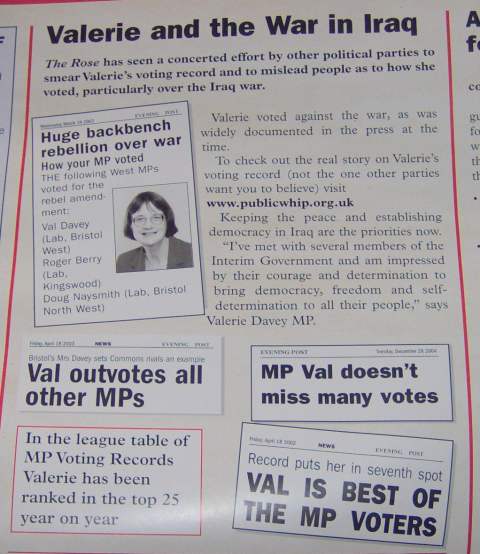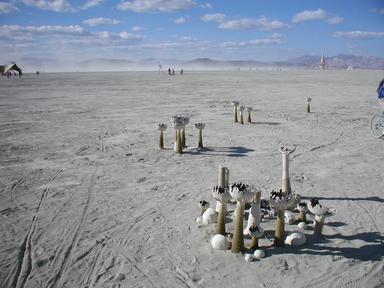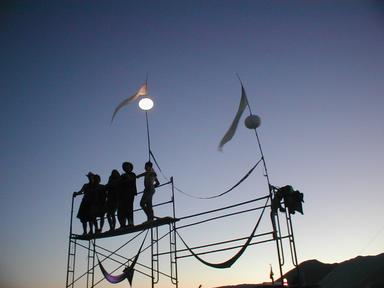On Wednesday a couple of friends who work at the Cambridge University Library showed me round. The only bit I took notes on was the book conservation section and the bindery. The UL is a copyright library, so gets all books printed in the UK for free, and it also buys foreign books and pamphlets. In total over 120,000 new books arrive every year. Some of these are lent out, and many of those have to be rebound to be strong enough. As well as all these new books, they also have lots of very old ones.
Conservation
The conservation section is where ancient manuscripts are worked on to help preserve them. J showed me a book he was working on rebinding. It was originally bound in oak, a few millimetres thick, and covered in calfskin. Not only the cover was made of hide.
So slack are modern people with the term, I hadn’t realised before that parchment was animal skin. Before paper was made from trees, monastries would use the lamb hides from their large herds to make books. I felt the paper of one, it was softer, less course than tree paper.
When exhibiting an open book you have to be very careful how it is supported in its stand. J showed me prototype stands he was making to hold a book for public display. They were made from cardboard; when he gets the size and shape right they are made into plastic. The angle is careful chosen, and the points where the book makes contact with the stand. If it is on display for six months, the pages will droop downwards and permanently damage the book. You have to build little struts out to hold up the bottom of them.
The books were gorgeous handpainted medieval works. One was religous, the other scientific. Both still had vibrant colours centuries later, and lots of detail in gold leaf. One of them had been quite badly damaged by rebinding in the past, with the tops trimmed off pages removing bits of the text.
Bindery
Book re-binding is a violent but delicate passtime. Everyone in this section has a special way of handling books, that minimally harms them. They would gracefully raise the books up, lifting them fully off surfaces before sliding them along to their destination. There were two main rooms, accidentally gender segregated; the guillotines and glue were operated by men, the sewing done by women.
The first level of binding is a simple plastic sleave, or a slightly fancier glued-on paper covering. These are used if the sewing is already good on the book. If the stitches are no good, then they use violence in the form of a formidable guillotine.
Slice! Slice! The blade cuts along the entire length of the book in one stroke, removing a millimeter perfectly. The operator slices again and again until just enough of the spine is removed so all the pages come apart. For some journals, the pages from a sequence of issues are put together to form one volume.
According to the strength of paper, the pages go either to a mechanical sewing machine, or to a human. The machines are large, old and clever; intricate sytems of needles and microswitches which can bind a book together with thread. The binding girls sit in a cosier room, no doubt gossiping if I wasn’t there, looking at pin-ups of hunks, and painstakingly knitting a spine together again. Hand made stitches are much stronger. It gave me a surprised feeling of tradition to see work like this still done by hand.
Next the book goes through a complex sequence to apply the cover, which is called a case not a cover. Firstly this involves hammering the spine to get it in the right shape. Also now done with a machine. Then there are various layers of applying paper, cardboard and glue, and pressing the book. To finish off a computer operated machine stamps words in gold on the spine. Just 12 years ago they used to stamp the letters on by hand.
Despite all this mechanisation, the number of bookbinder staff has continued to rise. This is because the number of books arriving is going up and up. Information overload for some, but the library system is coping admirably. They are building yet another new extension.

 (Third and final part of a series. It’ll make more sense if you read
(Third and final part of a series. It’ll make more sense if you read  Sunday
Sunday